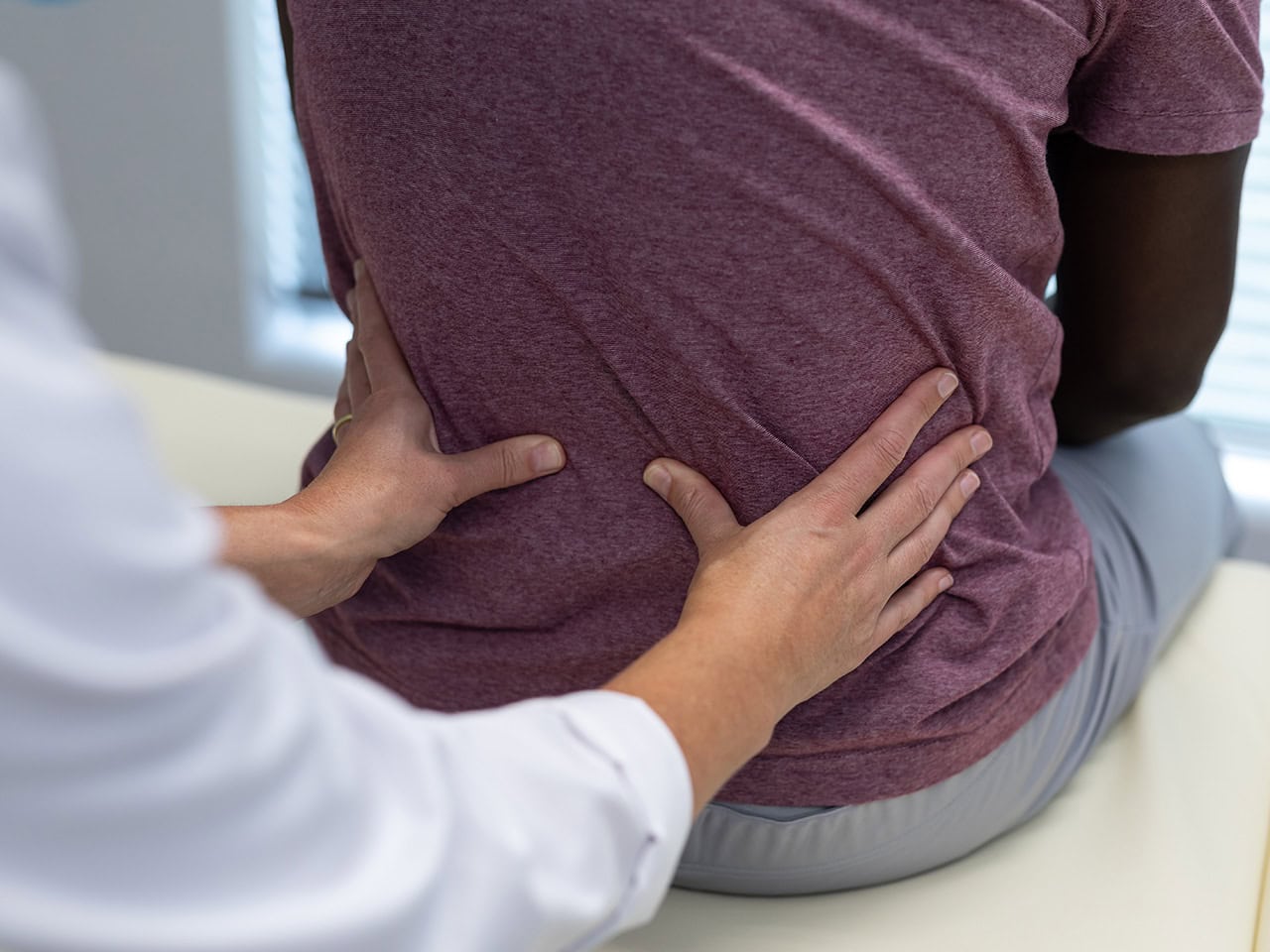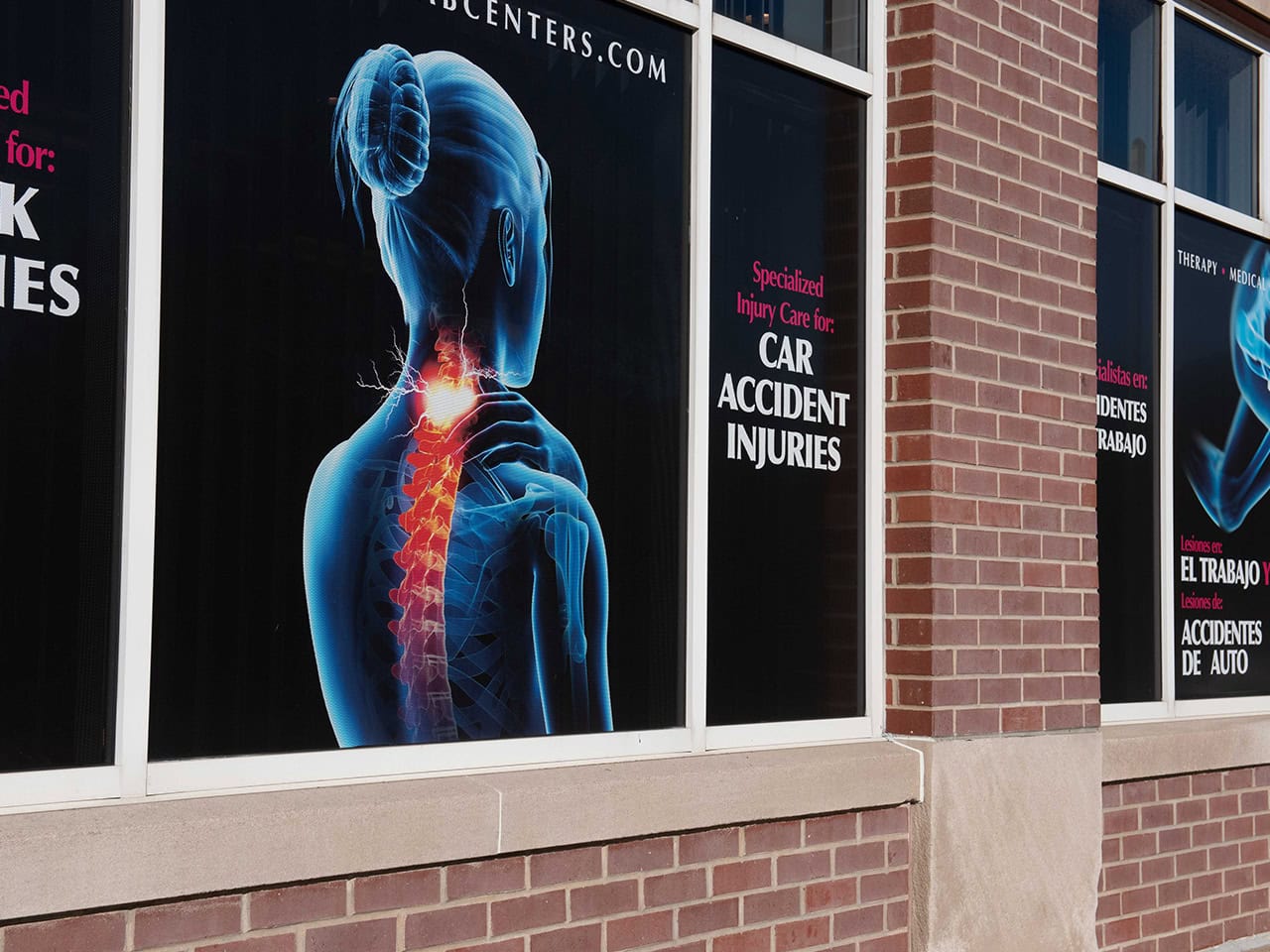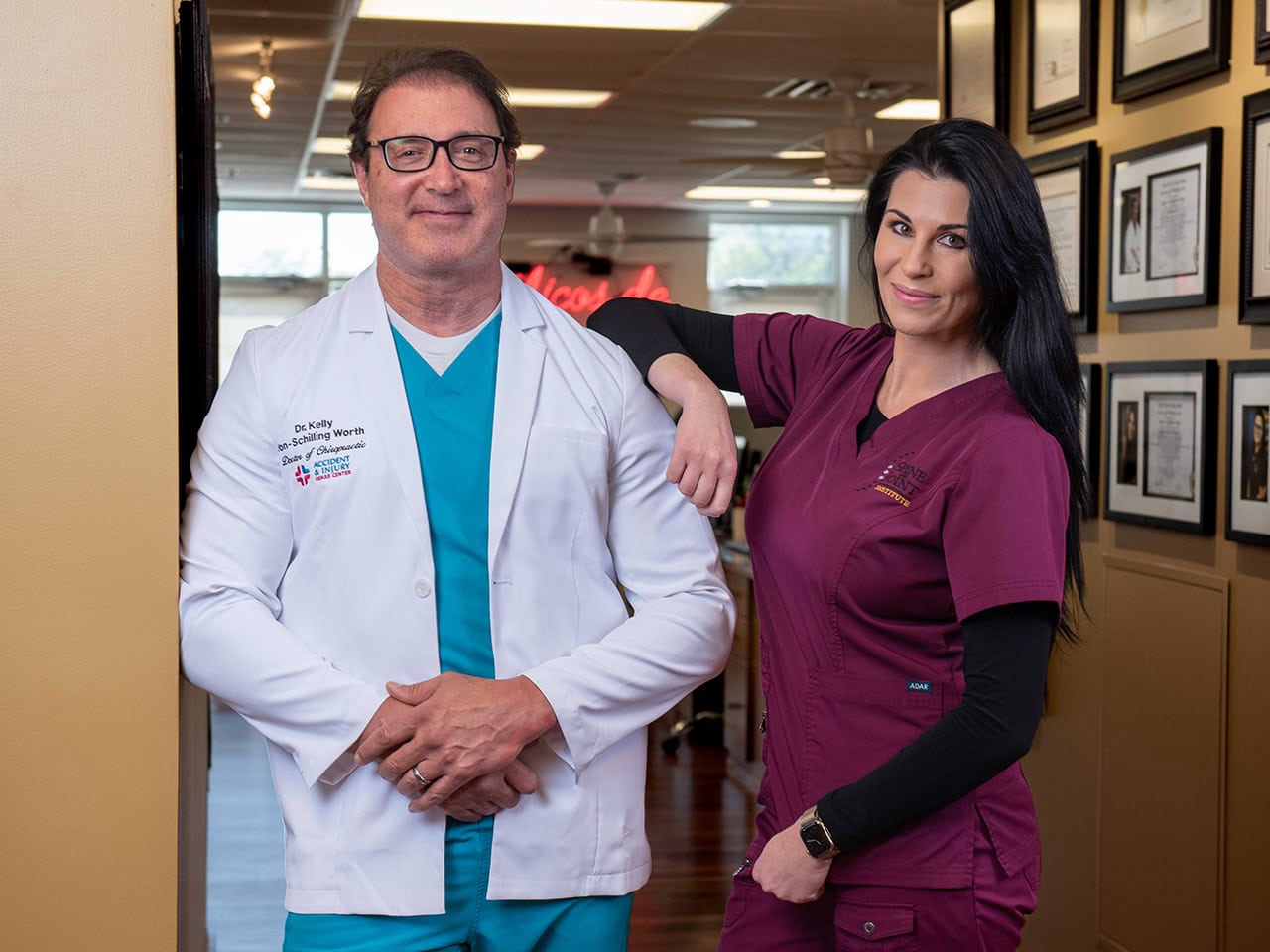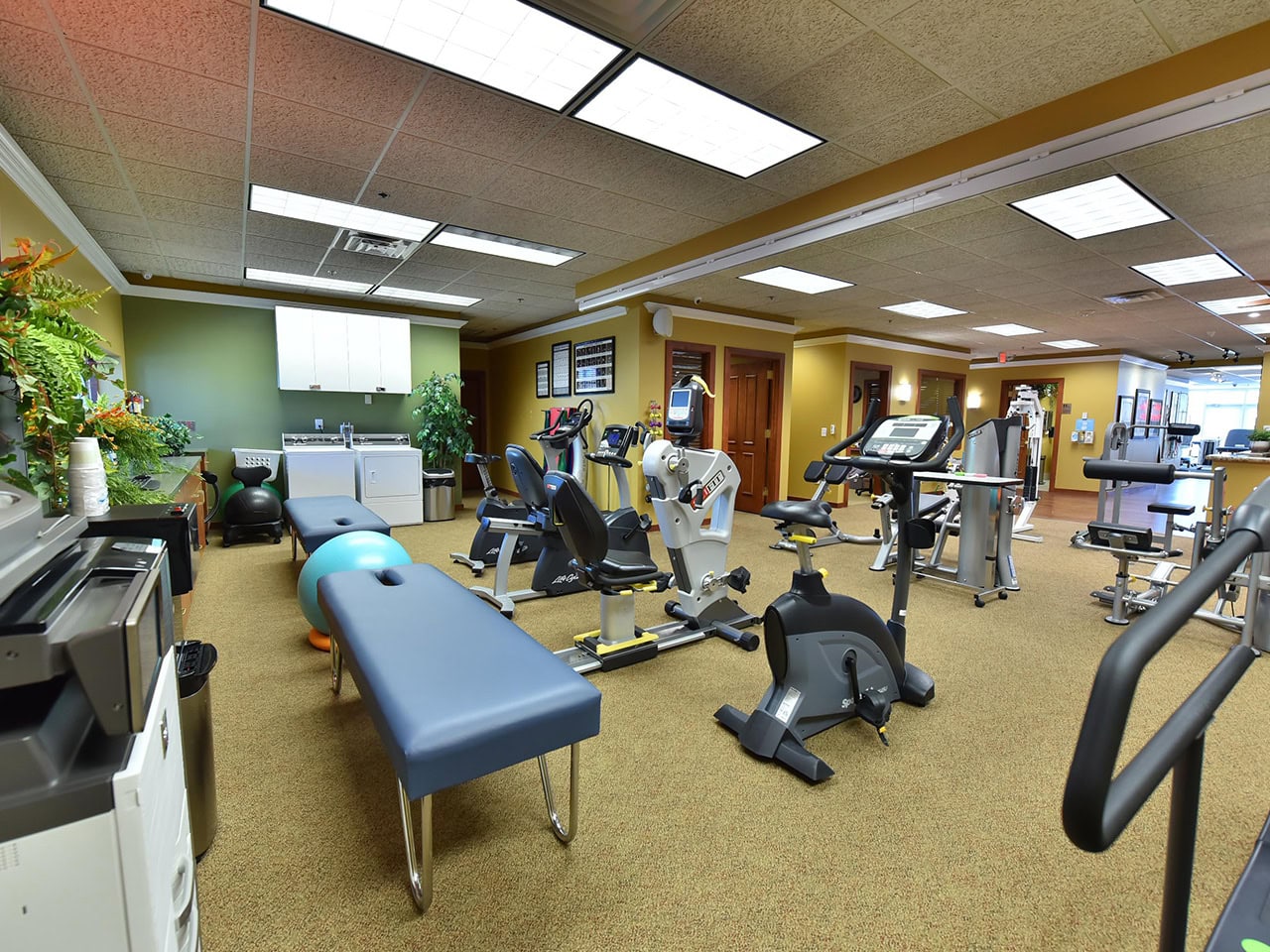
If you’ve recently been in a car accident or experienced a traumatic injury that left you with persistent back pain, you’re not alone—and more importantly, you don’t have to settle for a life of ongoing discomfort. Back pain after an accident is extremely common, often caused by compressed spinal discs, irritated nerves, or misaligned vertebrae. These issues can linger long after the initial injury, impacting your mobility, quality of life, and ability to perform everyday activities.
At Accident and Injury Rehab Center, our healthcare professionals specialize in helping patients recover from these kinds of injuries using proven, non-invasive treatments. One of the most effective therapies we offer for accident-related back pain is spinal decompression therapy. This innovative, drug-free technique is designed to target the root cause of pain by relieving pressure along the spine, especially in areas where discs may have become compressed or nerves pinched due to the trauma.
Unlike temporary pain relief methods, spinal decompression therapy focuses on long-term healing. Gentle stretching of the spine in a controlled setting alleviates pain, promotes proper alignment, and encourages your body’s natural healing processes. This therapy helps to restore flexibility, reduce inflammation, and significantly improve daily comfort without surgery or medications for many of our patients.
So, how exactly does spinal decompression therapy work? What kinds of conditions can it treat? And how do you know if it’s the right choice for your recovery? Let’s go over everything you need to know so you can make an informed decision about your care and get back to living your life pain-free.
Spinal decompression therapy is a non-invasive, specialized treatment method designed to alleviate pressure on the spine and its surrounding structures. It’s commonly used to treat chronic back pain, neck pain, and conditions involving compressed spinal discs. This therapy is especially beneficial after an accident or injury, when you might be dealing with disc compression, irritated spinal nerves, or misalignment in the vertebrae.
Following a trauma—whether from a car accident, fall, or work injury—the spine can become compressed, leading to pain, inflammation, and reduced mobility. Spinal decompression therapy gently stretches the spine in a controlled and precise manner, relieving pressure on the discs and nerves. By creating negative pressure within the spinal discs, this therapy encourages bulging or herniated discs to retract back into their natural position. It also helps improve blood circulation and nutrient delivery to injured areas, supporting the body’s natural healing process.
This treatment focuses on creating space between the vertebrae, allowing pinched nerves to decompress and damaged discs to recover more effectively. It’s a holistic approach to restore spinal function and relieve symptoms like pain, stiffness, numbness, or tingling.





Spinal decompression therapy is typically performed using a motorized traction table or a similar mechanical device designed to apply a gentle, sustained stretching force to the spine. During the treatment, the patient is comfortably secured to the table, and the machine is programmed to target specific areas of the spine, based on the individual's condition and diagnosis. Here’s what happens during the process:
By gently stretching the spine, spinal decompression lowers the pressure within the discs. This negative pressure creates a vacuum effect that can help draw herniated or bulging disc material back into place.
When discs return to their normal position, they no longer press on nearby nerves, reducing pain, inflammation, and neurological symptoms like tingling or numbness.
The decompression process stimulates circulation to the spinal discs and surrounding tissues. Increased nutrient flow promotes healing and helps maintain disc health over time.
When nerves are compressed due to bulging discs or misaligned vertebrae, it can cause significant discomfort. Spinal decompression helps relieve this pressure, improving mobility and reducing symptoms like sciatica or chronic neck pain.
Spinal decompression therapy is considered a safe, drug-free, and non-surgical option for individuals seeking relief from spine-related pain. It's beneficial for people who haven’t seen results from traditional physical therapy, pain medications, or other conservative treatments.
With over 5 decades of collective experience, our staff brings a wealth of wisdom and insight to your injury treatment and medical documentation that supports your legal claim. Our experience and caring approach allows us to provide thorough treatment to address your injuries and get you on the road to recovery.
Double Board Certified Chiropractic Neurologist and Chiropractic Internist
Doctor of Physical Therapy
Chiropractic and Radiological Technician
Spinal decompression therapy is especially effective in treating a range of injuries and spinal conditions that often result from car accidents, slips and falls, or other types of trauma. These incidents can put sudden and intense stress on the spine, leading to compression, misalignment, or damage to the soft tissues and discs between the vertebrae. Fortunately, spinal decompression addresses these underlying issues, not just the symptoms. Here are some of the most common conditions that spinal decompression therapy can help relieve:
Herniated or Bulging Discs: One of the most common injuries following a traumatic accident, herniated discs occur when the soft inner material of a spinal disc pushes through a crack in the tougher exterior. This can put pressure on nearby nerves, causing pain, numbness, or weakness. Decompression therapy helps retract the disc material and relieve the nerve pressure.
Sciatica: This condition involves irritation or compression of the sciatic nerve, which runs from the lower back down the legs. It often results in sharp, shooting pain, numbness, or tingling sensations radiating down one side of the body. Spinal decompression helps reduce the compression on the nerve root, offering significant relief from sciatic symptoms.
Spinal Stenosis: This refers to a narrowing of the spinal canal, which can compress the spinal cord or nerve roots. It can cause pain, cramping, and mobility issues, especially in the lower back and legs. Decompression therapy gently creates more space within the spinal canal, easing pressure and improving comfort.
Chronic Low Back Pain: For those suffering from ongoing back pain that hasn’t responded well to traditional treatments, spinal decompression offers a safe and effective alternative. It addresses the mechanical issues in the spine that are often the true cause of chronic pain.
Degenerative Disc Disease: Spinal discs can lose hydration and elasticity over time, leading to reduced disc height and increased friction between vertebrae. This can cause persistent pain and inflammation. Decompression therapy enhances blood flow and nutrient delivery to the discs, supporting their repair and slowing degeneration.
Facet Joint Syndrome: Facet joints connect the vertebrae and allow for flexibility in the spine. When these joints become inflamed or irritated, often from trauma or repetitive stress, —they can cause localized back pain and stiffness. Spinal decompression helps reduce pressure on these joints, improving mobility and reducing inflammation.
By targeting the root cause of spinal discomfort, such as compressed discs and pinched nerves—spinal decompression therapy offers more than temporary relief. It promotes real healing from the inside out, allowing many patients to experience long-lasting results, improved function, and a better quality of life without the need for medication or surgery.
Many of our patients choose spinal decompression therapy over surgery because it offers:
For accident recovery, non-surgical spinal decompression can be a game-changer, especially when combined with other therapies like chiropractic care or rehabilitation exercises.
Like any medical treatment, spinal decompression therapy isn’t for everyone. Some patients might experience temporary soreness or mild discomfort after the first few sessions. However, serious side effects are rare. If you have certain conditions, like fractures or spinal implants, your doctor may recommend alternative treatments.
The first step is a thorough evaluation. At Accident and Injury Rehab Center, we’ll take a detailed health history, perform a physical exam, and may use imaging tools like X-rays or MRIs to understand the extent of your injury. Based on your unique condition, we’ll create a personalized treatment plan tailored to your recovery goals. Factors we’ll consider include:
Living with back pain after an accident can affect every part of your life—from getting out of bed in the morning to enjoying time with your family, working, or even just going for a walk. But the good news is, you don’t have to accept pain as your new normal.
At Accident and Injury Rehab Center, we’re here to help you heal. A healthcare provider from our team of experienced professionals will take the time to understand your symptoms, evaluate your condition, and develop a personalized treatment plan that puts your comfort and recovery first.
Spinal decompression therapy has helped countless patients find lasting relief from herniated discs, sciatica, spinal injuries, and chronic back pain—without surgery, without medication, and without downtime.
If you’re still in pain, don’t wait. Every day you delay treatment is another day you’re not living life to the fullest. Let our clinic help you get back to doing what you love—pain-free, confident, and in control of your health.
